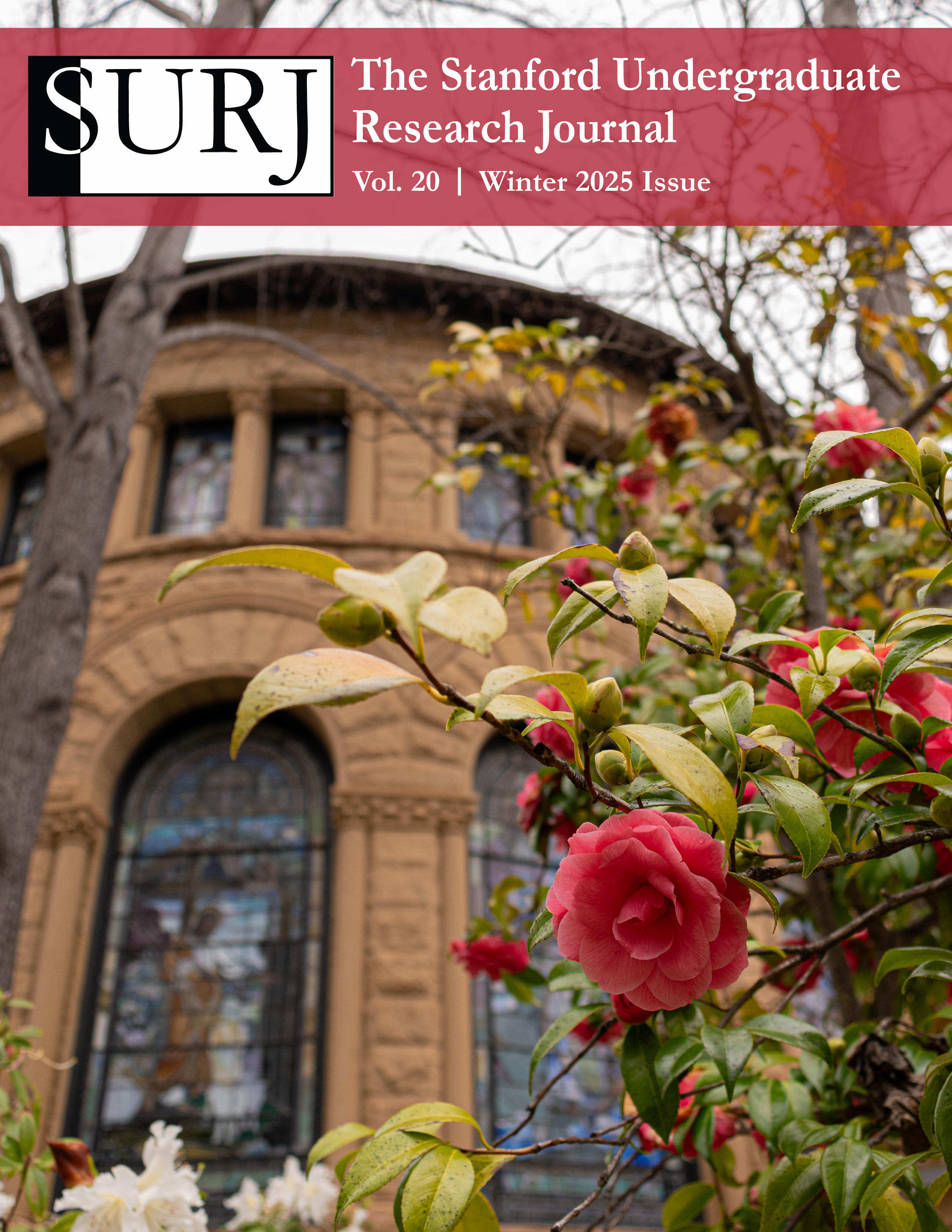“I Am Not Minor”: Unviable Redemption and Patriarchal Structure in Disgrace
Keywords:
Disgrace, South African literature, patriarchy, misogynoir, postcolonial literature, redemptionAbstract
J.M. Coetzee’s 1999 novel Disgrace has received extensive academic study, with many analyses assessing the merit of the main character’s “redemption,” the theme of animal rights, and the broader significance of the novel as an allegory for post-apartheid South Africa. While there is also literature that examines the novel’s displays of misogyny, there is a noticeable lack of research on the patriarchal structure that underlies the oft-discussed “redemption” present in Disgrace. As such, this paper argues that the theory of redemption Disgrace offers for the future of South Africa is undermined by its reliance on patriarchal structures. The novel indeed constructs a redemptive theory grounded in a moral shift, repentant spirituality, and personal sacrifice, allowing the story to end on a seemingly hopeful note. However, a closer analysis of David’s experiences and interactions with women, especially with Lucy, reveals how these redemptive arcs are facilitated primarily through patriarchal structures, relying on the erasure, silencing, and sacrifice of women; David refuses to respect Lucy’s decisions, lashes out at Dr. Farodia Rassool, and foregrounds Mr. Isaacs’ authority as he dismisses the feelings of Mrs. Isaacs and Desiree. The redemptive theory Disgrace offers is therefore unviable because it unethically constructs itself at the expense of women’s autonomy and suffering, in which any “redemption” demonstrated is fundamentally exploitative. Ultimately, Disgrace reaffirms the futility of imagining a more just post-apartheid world when this world continues to exploit women.
Downloads
Published
Versions
- 2025-03-14 (2)
- 2025-03-14 (1)


